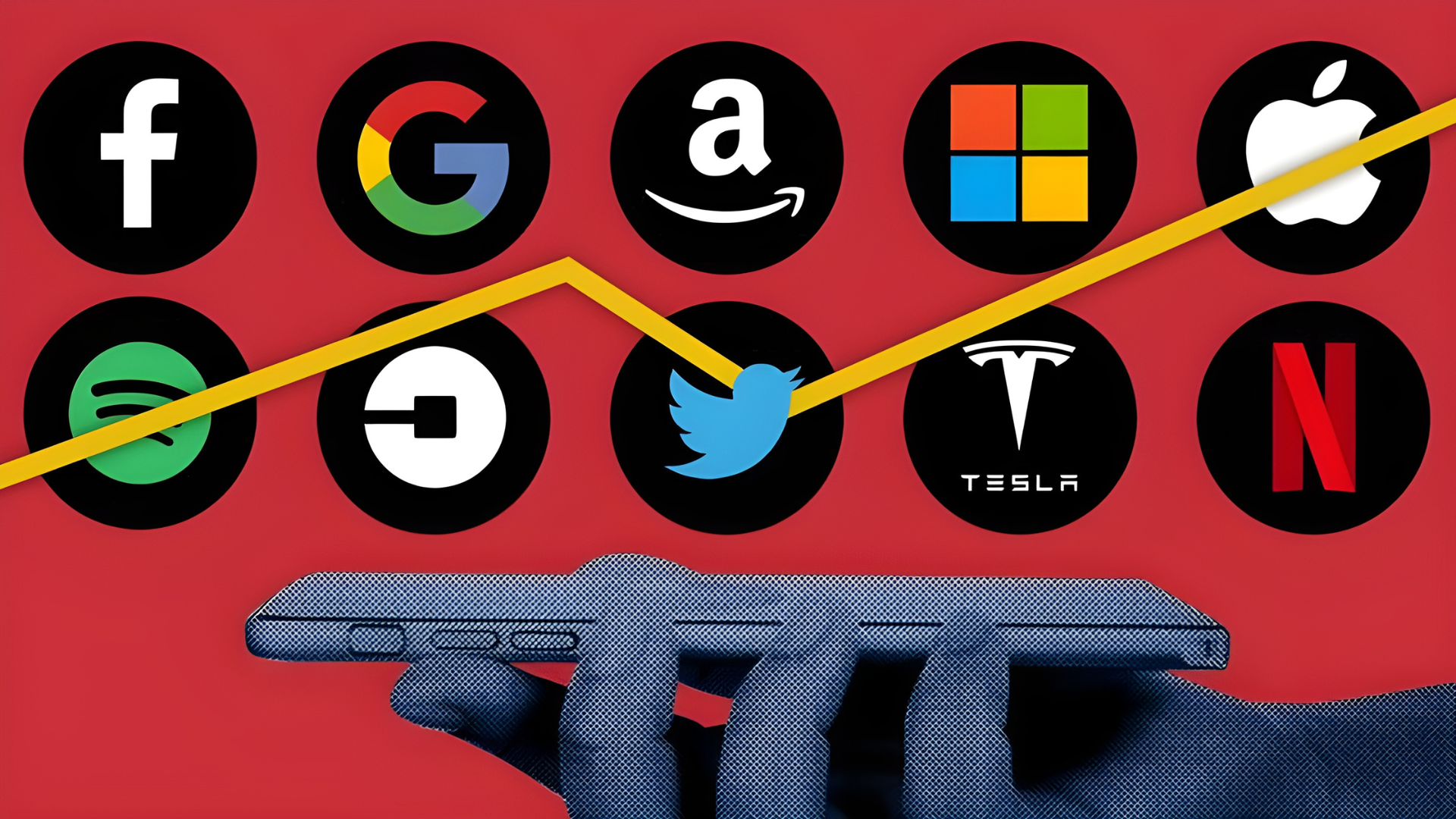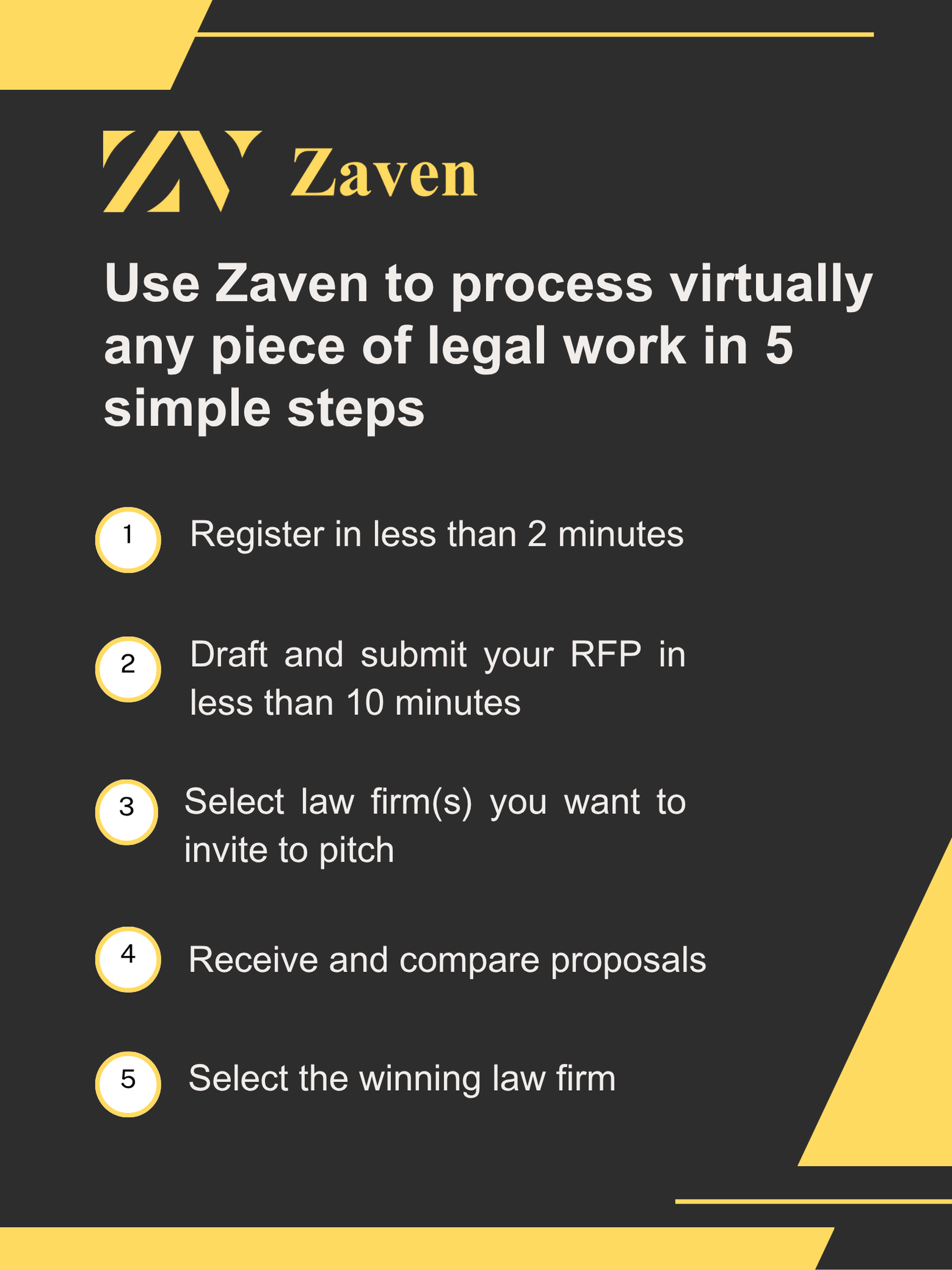Source: Financial Times
Despite years of investigation and successful prosecutions against major technology companies, the competitive landscape remains largely unchanged. This paradox reveals a fundamental flaw in modern competition law.
The Remedy Gap
When courts find antitrust violations, they face a critical choice. Historical precedents like breaking up AT&T in 1982 and Standard Oil in 1911 demonstrated that structural remedies work. Yet modern courts avoid breaking up companies, opting instead for behavioral remedies—fines, limited data-sharing requirements, or conduct restrictions.
The results are underwhelming. Financial penalties are minor costs for companies generating tens of billions annually. Orders to modify practices prove difficult to enforce and easy to circumvent. The same tech incumbents have remained entrenched for over two decades.
Why Courts Won’t Act
Modern judges fear unintended market disruptions and avoid predicting future market developments. This caution reflects a broader shift in antitrust thinking that prioritizes efficiency over structure. But this wait-and-see approach allows dominant firms to consolidate power while courts deliberate.
Prevention Over Cure
If breaking up existing monopolies proves legally difficult, competition policy must pivot to prevention. Regulators need aggressive merger review—blocking acquisitions by dominant platforms before monopolies become unassailable. This means accepting that some beneficial mergers might be prevented to stop the systematic elimination of competitive threats.
The Legal Tech Parallel
Legal tech consolidation has started modestly but is poised to accelerate. The industry faces both vertical integration (companies expanding across the legal workflow) and horizontal integration (consolidation within specific practice areas). The jury remains out on which path will dominate.
More provocatively, could a tech giant find the legal industry attractive enough to create a one-stop shop for legal departments and law firms? Microsoft dominated productivity software, Salesforce owns CRM, and Google controls search. These companies didn’t just win—they made competition nearly impossible.
A tech giant with capital, cloud infrastructure, AI capabilities, and existing enterprise relationships could integrate contract management, research, document automation, e-discovery, and practice management faster than the legal industry anticipates. Once such consolidation occurs, antitrust lessons suggest it becomes nearly impossible to undo.
The window for maintaining competition in legal tech is now—before a dominant platform emerges. That requires scrutinizing current acquisitions, watching for strategic investments by tech giants, and ensuring interoperability standards before markets lock in. The legal industry can learn from Big Tech’s monopoly entrenchment or repeat the pattern.
Read More: Financial Times







